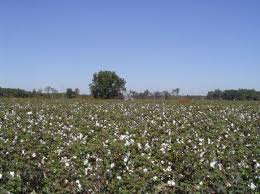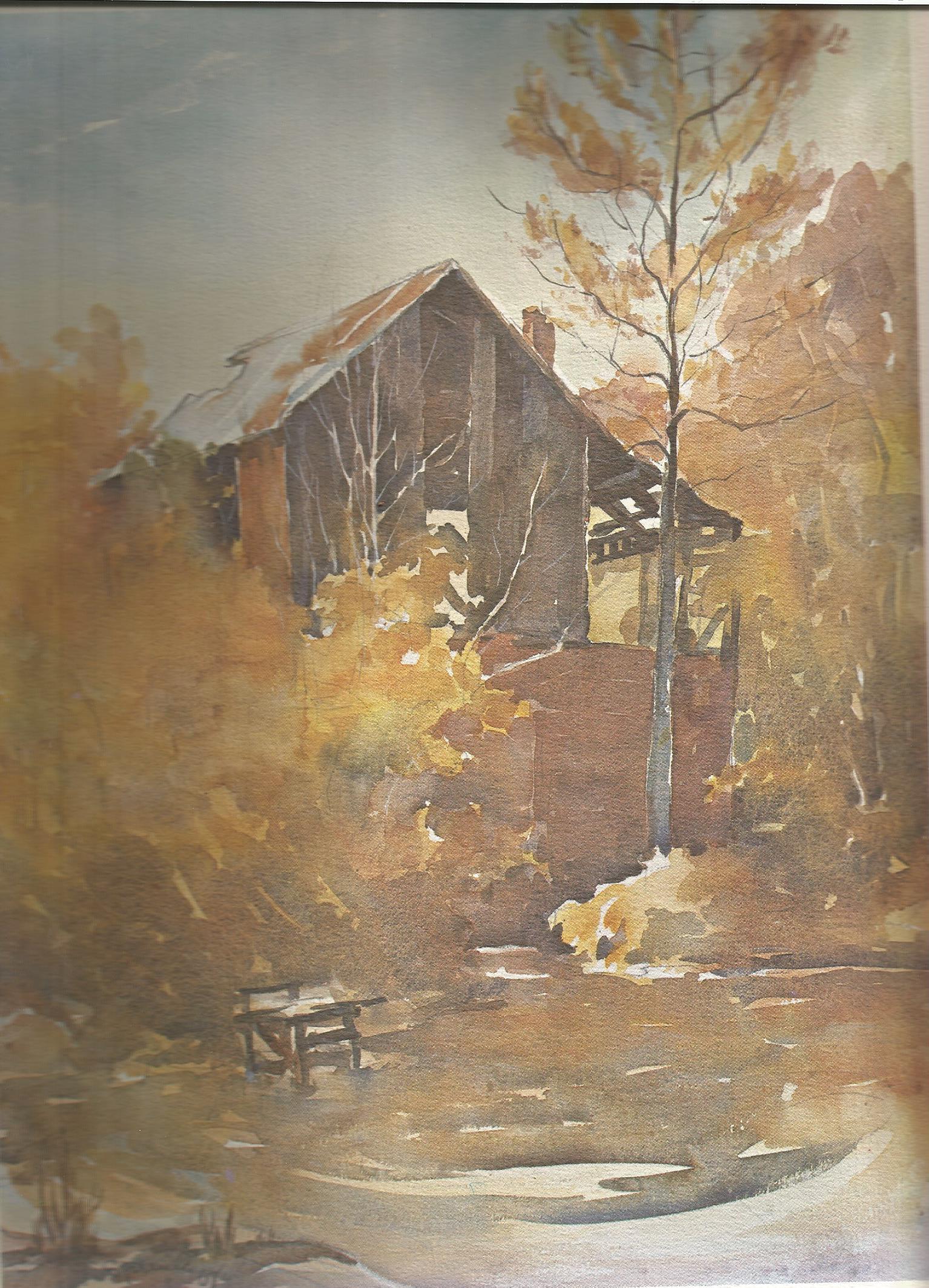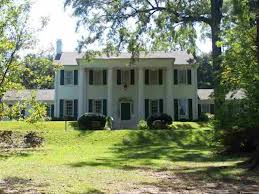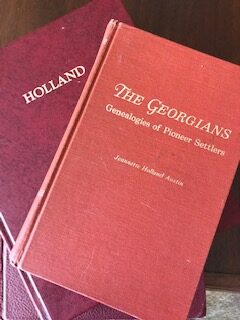Names of Families in Darlington County Genealogy Records
Darlington County was formed in 1785, and the county seat is in Darlington. It was originally part of the Cheraw District, and later (in 1888), part of it was given to Florence County and again in (1902) to Lee County. Traditionally, Welsh, Scotch-Irish, and Englishmen farmed this land and planted cotton. Some early settlers were David Rogerson Williams (1776-1830), Governor and scientific experimenter James Lide Coker (1837-1918), Moses Scott, Absalom Gallaway, and David R. Coker (1870-1938).

Darlington County Will Book 1 (1785-1797); Digital Images of Transcripts
- Gallaway, Absalom James, William | Scott, Moses | Webb, Jolly
Darlington County Will Book 2 (1798-1812); Digital Images of Transcripts
Beasley, John | Berry, William | Cannon, George | Cole, James | Connell, William | Cuttino, Elizabeth | DeWitt, Charles | Fountain, William | Ganey, Isaac | Gee, William | Hafe, John | Hafe, John (2) | Ham, Henry | Harrell, John | Harts, James | Hatchel, Morris | Hixon, Thomas | Kimbrough, Hannah | Mackintosh, John | McBride, Archibald | McBride, Sally | McCall, John | Mercer, Jesse | Mikell, Anne | Mixon, Mica | Muldrow, William | Nettles, Zachariah | Newberry, Jesse | Orr, John | Pawley, James | Pugh, Evan | Trivitt, Elliott | Revell, Matthew | Russell, James Jr. | Russell, Michael | Russell, Michael (2) | Sanders, Nathaniel | Smith, John | Stanley, Thomas | Teele, Christopher | Thomas, Solomon | Thornhill, John | Wilds, Mary, Mrs. | Wingate, Edward | Wood, Joseph | Wright, Benjamin
Darlington County Wills, Book 3 (1813); digital images of transcripts
- | Brown, Jesse | Parnal, James
Indexes to Probate Records
- Index to Darlington County Will Book 1 (1785-1797)
- Index to Darlington County Will Book 2 (1798-1812)
- Index to Darlington County Will Book 3 (1813)
- Index to Darlington County Will Book 4 (1814-1840)
- Index to Darlington County Will Book 10 (1838-1853)
Evans Grist Mill
Evans Grist Mill is located on Cedar Creek near Society Hill. It was built and owned by Josiah J. Evans (1786-1858), who succeeded John C. Calhoun in the United States Senate. Evans was born in the Marlborough district in South Carolina and lived most of his life there and in Darlington District, South Carolina.

A home in Hartsville and Summerford Farms in Darlington, County
The Role that Welsh Neck Baptist Church Played in South Carolina

In 1737, a colony of Welsh from the Welsh Tract in Germantown, Pennsylvania (now Delaware) settled along the east bank of the Pee Dee River. A year later, this colony of people met and organized themselves into a Baptist church known as the Welsh Neck Baptist Church. It is said that the original church was built at Long Bluff (near Society Hill) on the bank of the Pee Dee River to the right of a public road leading from Bennettsville to Society Hill. A fieldstone in the old Castaway Baptist Church graveyard near the site of Castaway Ferry marks the resting place of Colonel Abel Kolb, a Revolutionary patriot and the officer who was slain by Tories in 1781 while standing on the porch of his mansion. The British occupied most of the backcountry as well as the port of Charleston and this was the time when General Nathaniel Greene was preparing his attack on Ninety-Six. The Revolutionary War Pension of Colonel Kolb reflects that the Kolb family from Germany arrived in the country during 1707 and settled around Germantown in Pennsylvania. Four Kolb brothers, sons of Dielman Kolb and his wife, a Schumacher (shoemaker)of Manheim in Germany, were named Martin, Johannes, Jacob, and Henry. A fifth brother, Deilman, arrived in 1717. Johannes Kolb left Pennsylvania about 1737 and settled on the south bank of the Great Pee Dee River, called Kolb’s Neck and located below present-day Society Hill. Johannes Kolb was the father of nine children, including Peter Kolb, the father of Abel Kolb. An early minister of the church was Reverend Philip James from Wales. The Surviving membership rolls reflect the first organizers, plus dates from 1759 to 1780s, and reflect German and Scottish names. Two McIver families transferred their membership from Scotland on the rolls. The present-day cemetery appears to have started its burials about 1850 and also reveals a number of Scottish names. The surviving Membership Rolls listed under Churches on South Carolina Pioneers


The Difference between Truth and Error
Sometimes we get carried away in our quest to find our ancestors. Although the information coming from relatives is usually flawed, we can use the data as clues to discern the real facts. Hopefully, the world of fake sites will not find its way into genealogy. And, DNA results from various companies may not deter us from examining actual written records of each era. The moment in which data (marriages, wills, etc.) is recorded is far more accurate than twenty, thirty years, or a hundred years later when someone guesses it. What I am saying is that we should look more to the era in which the event occurred, rather than a book or documentary written later. This goes for genealogy and history. You may have noticed that history is being re-written in the most defamatory manner. Tracing the ancestors unfolds events pertinent to the lives and times of those who lived it. That is why Civil War pensions and Revolutionary War pensions are so revealing. Do you want to know more about the battles? The experiences of soldiers were written on the applications in their handwriting. Also, they frequently copied their bible record into the application. There are so many reasons that we should read the actual documents. Old wills and estates provide even more personal data, including the details of home life. It is fun to learn the names of the next generation; however, gratifying to learn of the contributions of families to American freedom.